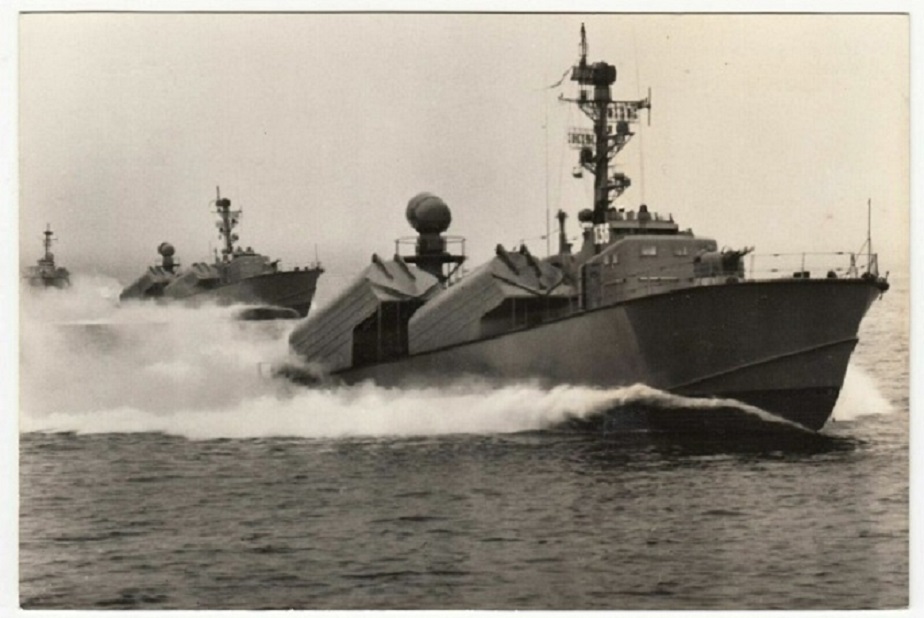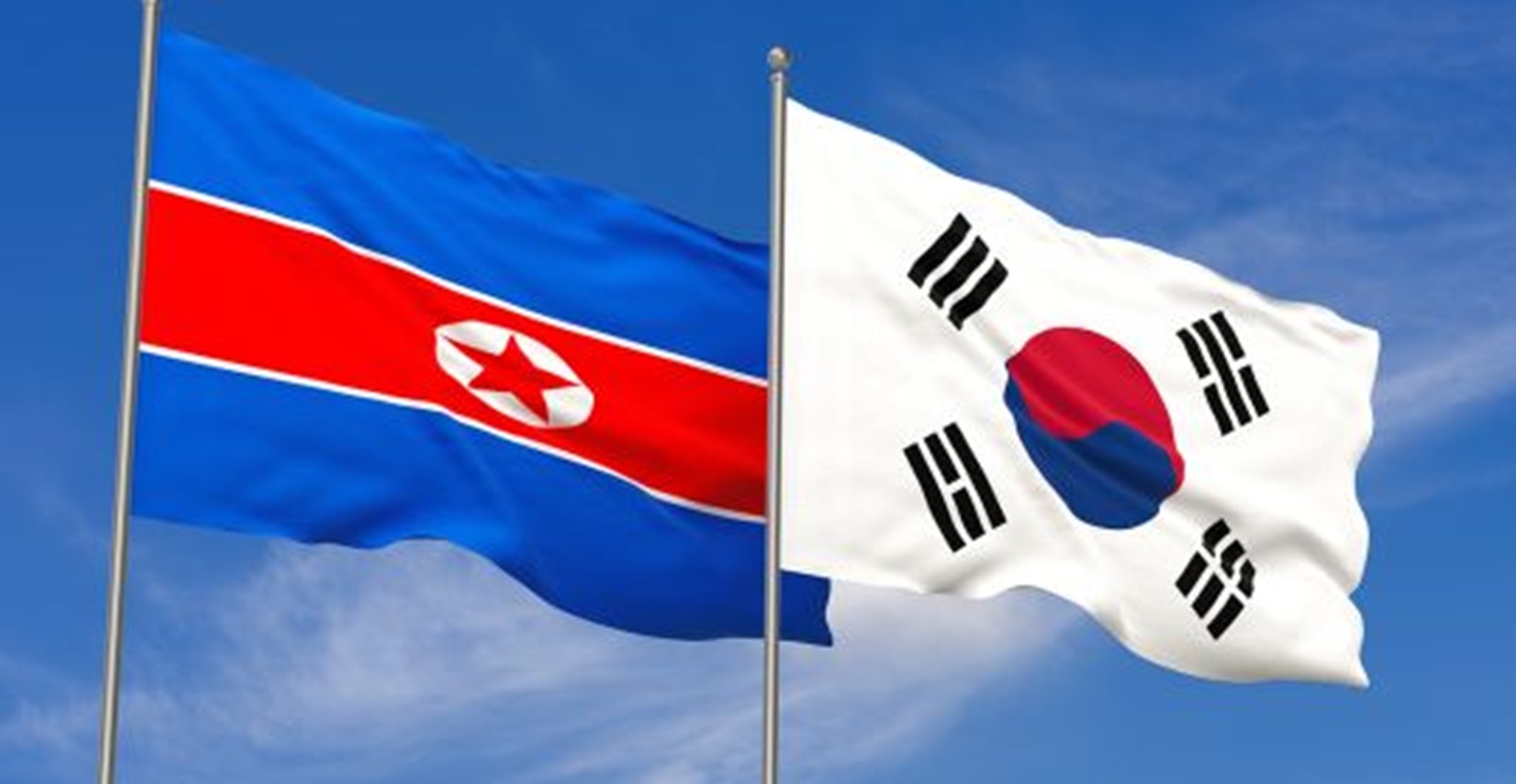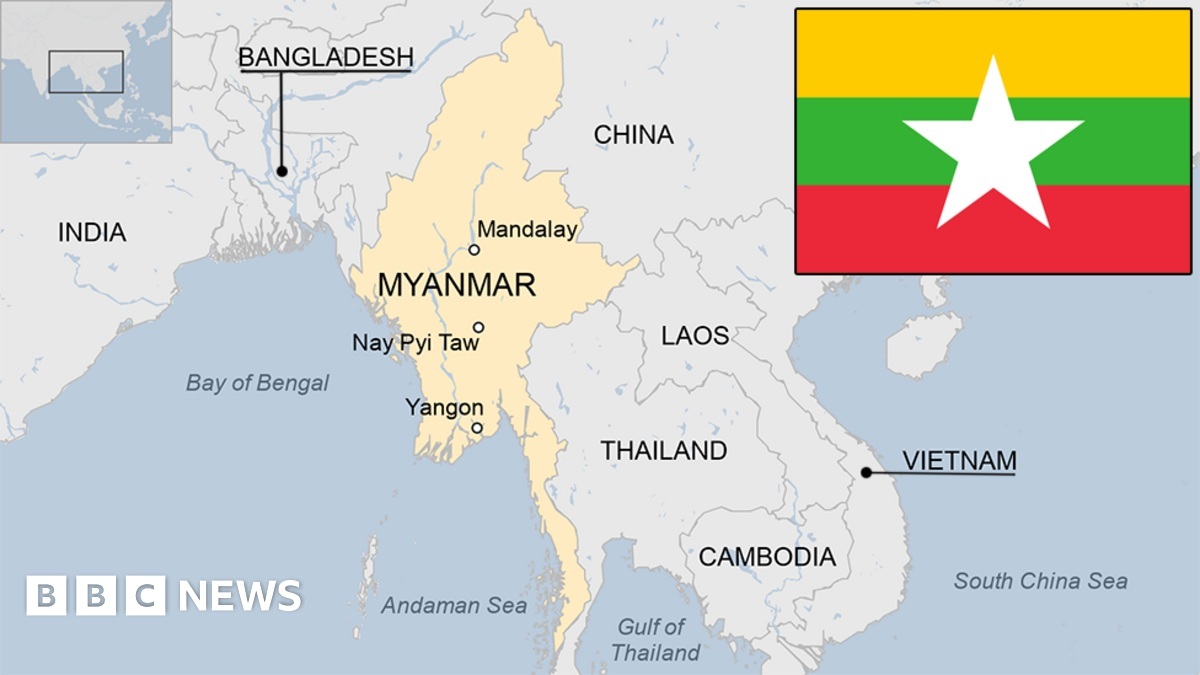Western maritime front had a challenging time during 1971 war with pakistan.
Never since antiquity, in the history of mankind, a new nation was born resulting from a war between two nations. The joint manship of the three brave Armed Forces of India together with Mukti-Bahini had written a Chapter of Glory and Valour, to be remembered in footprints of time for the future generations. The attack on Karachi (OP Trident and Python) on the Western Seaboard, the attack on Dacca, Chittagong, Khulna, Cox Bazar and Mongla by the Seahawks from Vikrant, The stealth attack by the daredevils of Mukti-bahini trained for Operation X by Indian Navy in Plassey, the joint attack by the valiant Indian Air Force’s precision bombing and the charged up Army advancing through the Padma and Meghna fronts and the Bangladesh terrain, closing in from all directions into Dhaka… resulted in the surrender of the 95,000 Pak, 49 years ago… resulted in the birth of a new Nation… “B-A-N-G-L-A-D-E-S-H”. A great Day for Sam Bahadur, Indira Gandhi and Shaikh Mujibur Rahman.
The Western Fleet had successfully accomplished its stated directives
- Seek and Destroy – The Pakistan ships patrolling off the Karachi harbour were engaged and sunk.
- Attack and Cripple Karachi Port – The Karachi port was attacked and port operations got suspended to a large extent. The fire in the oil farms in Karachi kept burning for days.
- Total Blockade – The operations by Western Fleet ensured total blockade of tankers from the Gulf and any other ships entering Pakistan ports.
Formation of Eastern Fleet
Indian Navy had only one Fleet till 1971. All operational frontline ships were part of the Indian Fleet, under the Command of Flag Officer Indian Fleet with its headquarters in Mumbai. In May 1971, the Fleet was divided into the Western Fleet based in Mumbai and the new Eastern Fleet based at Visakhapatnam.
In June 1971, the Aircraft Carrier of the Indian Navy, INS Vikrant along with two escorts INS Brahmaputra and INS Beas were transferred to the Eastern Fleet for deployment in the Bay of Bengal. This was a good move as Vikrant played a pivotal role in the operations in East Pakistan.
The Eastern Fleet with Vikrant was able to enforce a total blockade in the ports of East Pakistan and thwart the escape of Pakistan forces from the sea. Also, the aircraft from Vikrant inflicted heavy damage to Chittagong and various ports in East Pakistan and ensured an early surrender of Pakistan forces.

Personal Experience while in Western Fleet – During the War
I was the Navigating Officer of INS Betwa, part of the Western Fleet, Navigating the Front-line Ship. I was fortunate to have been posted on Betwa at the appropriate time. I was undergoing the Long Navigation and Direction Specialisation course in Cochin in 1971. The course was abruptly terminated in mid-October and I was posted as the ND officer of INS Betwa.
Departure of Western Fleet from Mumbai
The Western Fleet sailed out from Mumbai on Thursday, 02 Dec. I am emphasizing the day as Thursday, since my personal engagement was fixed for Sunday, the 05 Dec. This is a separate story and will be related later. However, the engagement ceremony was solemnized on 05 Dec, in my absentia.
When we sailed out from Mumbai, we were 13 Ships with INS Mysore, the Cruiser, as the Flag Ship under the Command of Capt RKS Gandhi and with the Fleet Commander, Rear Admiral EC Kuruvilla embarked with his staff on board. My Commanding Officer INS Betwa was Cdr RK Choudhry, from the 1st course NDA.
The other twelve Ships listed below:
- INS Trishul and Talwar of the 15th Frigate Squadron
- INS Betwa of the 16th Frigate Squadron
- INS Khukri, Kuthar and Kirpan from the 14th Frigate Squadron
- INS Ranjit from 11th Destroyer Squadron
- INS Kadmatt from Petya Squadron
- INS Deepak, the Auxiliary Tanker
- INS Sagardeep, the Auxiliary Supply Vessel
- INS Vinash and Vijeta, the two Missile Boats undertow
The Second Group
The second group of 6 ships, consisting of two Petya class ships INS Kiltan and Katchal along with four missile boats had sailed out to the Kathiawar coast and positioned off Okha. The ships from this formation, took part in Operation Trident, the first attack on Karachi on the night of 04/05 Dec. This will be discussed in detail under Operation Trident.
The entire Scenario of the happenings in the Arabian Sea have been scripted in the under-mentioned headings:
- Incidents on 03 Dec.
- Operation Trident – Attack on Karachi.
- Operation Python – Second Attack on Karachi.
- Attack on Makran Coast.
- The sinking of INS Khukri.
- Fleet Manoeuvers from 09 -16 Dec.
- Two personal experiences.

Incidents On 03 December
AM 03 December
The Fleet on sailing out from Mumbai on 02 Dec had set a course straight for Karachi. During the forenoon of 03 Dec, a submarine contact was obtained. The Fleet took an evasive turn and our ship Betwa along with INS Trishul was told to investigate the contact with our Sonars. Trishul and Betwa formed the Anti-Submarine Warfare formation and the contact on the sonar was established intermittently. After about two hours, both ships were signalled to disengage and rejoin the Fleet. I was of the opinion that this was a confirmed Pakistan submarine.
PM 03 December
Our Ship Betwa was designated as Air Picket Ship, to search and report all air contacts. The Ship was fitted with LR-960 Search Radar, with proven aircraft detection capability.
In the late afternoon, Betwa picked up an aircraft on LR-960. After tracking, it was estimated to be a Pakistani reconnaissance aircraft, shadowing the fleet, but at the same time remained outside our gun range. The Fleet Commander was informed accordingly.
Splitting of Fleet in Groups
At dusk on 03 Dec, we received the signal of hostilities breaking out with Pakistan. The Fleet Cdr appreciated that the shadowing Pakistan aircraft would compromise our position. A very smart manoeuver was executed by splitting the fleet and altering course Southwards. At this time, we were 200 miles south of Karachi. This confused the tracking aircraft, and after some time we lost it on our Radar screen.
Tactical Advantage
The smart manoeuver by the Fleet Cdr to split the force and alter course southwards helped the fleet tremendously in the rest of the operation, as the air reconnaissance effort by Pakistan failed to detect the Western Fleet thereafter. This was a huge tactical gain by the Western Fleet.
However, the only disadvantage accrued was that the Fleet had moved too far South of Karachi to launch the attack on the Naval base on the very night of breaking out of hostilities with Pakistan.
Fleet Operations on 04 December
The Fleet regrouped on 04 Dec after evading the Pakistan reconnaissance aircraft. It was important to keep the ships topped up with Fuel and the tanker INS Deepak kept fueling the ships one after another. All this while, the Fleet was moving at high speed to avoid any lurking submarines.
During the afternoon of 04 Dec, INS Kuthar had a major fire in its Engine room, incapacitating the ship. The Fleet Commander decided to detach the three Anti-Submarine Squadron Ships – Khukri, Kirpan and Kuthar back to Mumbai. Also, Missile boat Vijeta, which had developed machinery defects was sent back escorted by the Auxiliary Supply Ship ‘Sagar Deep’.
The Anti-Submarine Squadron having departed, the remaining Six Gun-ships, Mysore, Trishul, Talwar, Betwa, Ranjit and Kadmatt along with Missile boat Vinash and the tanker Deepak became a formidable surface Strike Force capable of engaging Pakistani Naval Ships and shore bombardment and inflicting heavy damage to the enemy.

‘Operation Trident’ – Attack on Karachi 04/05 Dec
The First strike group on Karachi, for the Operation code-named ‘Trident’, assembled and rendezvoused off Okha in Gujarat on the afternoon of 04 December. The group consisted of two Petya class ships, Kiltan and Katchal as escorts, with three OSA-M Missile boats Nirghat, Nipat and Veer loaded with four Styx missiles each.
As shown on the chart, the force set course towards Karachi on PM 04 Dec, and at 1800 hrs was at a distance of 150 miles from Karachi. Around 2200 hrs, when the task force was about 70 miles from Karachi, they detected two targets on their Radars. The Missile Boats closed in and took up positions to engage the targets. The result of this daring attack on Karachi was as follows;
- Pakistan Navy destroyer, PNS Khyber was patrolling outside Karachi harbour. The Missile fired by INS Nirghat hit the main engine room of Khyber, and the ship got engulfed in fire. The next Missile fired by INS Nirghat was again a direct hit, and within minutes the ship sank, with more than 200 crew on board. The Captain and the staff failed to appreciate, what had happened. They had earlier radioed that they were under air attack, mistaking the Missile attack as an Air attack.
- The Missile fired by INS Veer, hit the Pakistan Navy Ship, PNS Muhafiz. This was a Minesweeper and she sank immediately.
- INS Nipat engaged a ship underway close to the Karachi port. The first Missile hit the ship resulting in a big explosion. The second Missile hit resulted in the ship breaking in two and sinking. This was MV Venus Challenger, a merchant ship carrying a full load of American ammunition for the Pakistan Navy and Air Force.
- INS Nipat fired a missile at the Shore establishments in Karachi.
- The Force R/V ’ed after the attack and departed for Mumbai.
This Task force was able to return to Mumbai after sinking three ships outside the Karachi harbour, without suffering any casualties. This attack had a substantial effect on the overall outcome of the war.
Jubilation in the Western Fleet (05 Dec)
The news of the attack on Karachi by the Missile Group reached us on the night of 04/05 Dec after operation Trident was executed. We on Betwa were enthralled on getting the news and the spirits on board went skyrocketing, with the determination to fight the war boldly and with resolute.
Tactical Picture In The Ops Room Of Betwa
In INS Betwa, the Operations Room and the Communication room are next to each other. The teams in the communication room were decrypting all the messages, concerning the operations in the Arabian Sea, and forwarding a copy to the Ops Room. In the operations room, we had the General Operations Plot, where the movements of all the units in the Arabian Sea were getting plotted and updated. Thus, our ship had an up to date real-time operational tactical picture at all times.
‘Operation Python’- Second Attack on Karachi on 08/09 Night
The Fleet was manoeuvered on 06 and 07 December and kept fully fuelled up and ready to carry out the attack on Pakistan coast, when suitable.
The opportunity came on 08/09 night. The Fleet was split into three groups on the forenoon of 08 December. At this time, the Fleet was about 250 miles South West of Karachi and 200 miles South of the Makran Coast. The plan was to carry out a two-pronged attack on Karachi and Makran coast around midnight by splitting the Force, and thereafter again rendezvous in a position 350 miles South West of Karachi by PM 09 December (as indicated on the chart).
The Three Groups
The three groups were formed as follows;
- INS Trishul and Talwar along with the Missile boat INS Vinash took departure for the attack on Karachi.
- The Flag Ship INS Mysore along with Ranjit and our Ship Betwa took departure for the Makran Coast to attack Gwadar and Jiwani.
- The Tanker, INS Deepak along with consort ship INS Kadmatt, sailed towards the African coast with orders to return to Rendezvous the Fleet PM the next day, 09 December.
Attack on Karachi
The attack task force consisting of INS Trishul, Talwar and Vinash set course for Karachi, to be in the firing position before midnight. Around 2300 hrs, the task force arrived off Karachi and detected a group of ships outside the harbour.
The Missile boat, INS Vinash, took up position off Karachi and fired all the four missiles, which scored the following hits;
- The first Missile struck the oil tanks on the shoreline of Karachi and started a huge fire.
- The second Missile hit a ship in the harbour. This was later identified as the British merchant ship MV Hamilton.
- The third Missile hit another Ship in the harbour and it sank in a few minutes. This was later identified as Panama Vessel, MV Gulf Star.
- The fourth Missile hit the Pakistan Navy Tanker, PNS Dacca. This ship got severely damaged.
The task force thereafter reassembled and headed back to rendezvous the Fleet in the predetermined position the next day.
A few minutes after this attack, the Indian Air Force attacked the Karachi Airfield and the Port installations. The blazing Oil tanks were easy to home on, and the additional bombing by the IAF aircraft, kept the fires burning in Karachi for many days.
Attack on Makran Coast
When the Trishul group headed for Karachi, the second group consisting of INS Mysore, Betwa and Ranjit proceeded towards the Pakistan Makran coast. INS Betwa was ordered to bombard Gwadar, whereas INS Mysore and Ranjit proceeded towards Jiwani.
When the task force was about 70 miles from the target, a merchant ship was sighted. This was identified as the Pakistani merchant ship MV Madhumati. A little later, a Radio transmission by Madhumati to Karachi was intercepted by us.
The Fleet Cdr felt that the position of the task force had been compromised, and aborted the attack on the Makran coast. The boarding party from our Ship was sent on Madhumati and the ship was captured.
This task group, thereafter withdrew with the prize catch of Pakistani Ship Madhumati, to rejoin the INS Trishul group returning after the successful OPERATION PYTHON.
There was total jubilation in the Indian Navy after operation Python – the second attack on Karachi on the night of 08/09 December. However, it is learnt that the situation in the Pakistan Navy was extremely different. The Warships were not only asked to take shelter in the inner Karachi Port, but also de-ammunition the Ships, to avoid catastrophic damage in case of subsequent Missile attacks by the Indian Navy.

Fleet Operations on 09 and 10 Dec
The INS Trishul group after attacking Karachi, the INS Mysore group after capturing Pakistani ship Madhumati from the Makran coast, and the third INS Deepak tanker group, regrouped on the evening of 09 Dec. There was overall jubilation in all the Ships for completing the missions successfully.
Since all the missiles had been expended, the Fleet Cdr felt prudent for the ships to return to Mumbai, carry out emergency machinery repairs, pick up loaded Missiles boats, and redeploy for operations thereafter. Thus a South westerly course towards Bombay was ordered.
Sinking of Khukri – 09/10 NIGHT
The Anti-Submarine squadron consisting of INS Khukri, Kuthar and Kirpan had sailed with us on 02 December. At sea on 04 Dec, INS Kuthar had a boiler explosion. The ship was required to be towed back to Mumbai harbour. The Fleet Commander decided to send the Anti-Submarine Squadron back to Bombay. These three ships returned to Port on 06 December.
The Electronic Warfare intercepts had reported a submarine off the Gujarat coast, near Diu Head. The FOC-in-C West decided to sail out INS Khukri and Kirpan to neutralise this submarine threat.
These two ships sailed out on 08 December and set up an anti-submarine patrol off the Diu head in Gujarat. At about 2049 hrs on 09 Dec, while on the anti-submarine patrol, INS Khukri was hit by a torpedo. We first intercepted an Emergency signal from INS Kirpan about an explosion on Khukri. A few minutes later, a Flash signal was received from Kirpan, stating that the radar contact of Khukri was lost. After being hit by the torpedoes, Khukri sank in a few minutes, taking down with her 18 Officers and 175 men, including the Commanding Officer, Capt MN Mulla. It has been reported that Capt Mulla, could have saved himself, but decided to go down with the ship, in accordance with true naval traditions.
Fleet Manoeuvers – 09 TO 16 Dec
During the return passage to Mumbai, the following facts were evident and counter-measures catered for;
Surface Threat: There was a minimal threat from the Pakistan Fleet. Their deployment in the Arabian Sea away from the coastline was unlikely.
Air Threat: Though the Air threat was still feasible, the non-detection of our Fleet, by the Pakistani reconnaissance aircraft, had gone entirely in our favour. Also, the Fleet was now transiting more than 300 miles from Karachi. The likelihood of Pakistan Air Force aircraft, venturing out at sea was extremely remote.
Submarine Threat: The biggest threat to the returning Fleet was from Pakistani Submarines. They would certainly be deployed off the approaches to Mumbai harbour. On receiving the acoustic warning, they could position themself to attack the returning fleet.
In view of the above assessment, the Fleet Commander decided to continue to proceed in the South Easterly direction. In the forenoon of 11 Dec, we had reached 250 miles west of Goa. At this time, the course was altered eastwards, towards the Indian Coast. The overall speed of the Fleet had reduced due to the slow speed of the captured Pakistani ship, Madhumati.
On PM 12 Dec, the course of the Fleet was altered in a North Easterly direction to make a landfall at Jaigarh. The shallow water continental shelf from Mumbai, extends for nearly 140 miles to the south, till Jaigarh. Thereafter the depths drop quite steeply.
It was appreciated by the Fleet Commander, that once the Fleet starts transiting through shallow waters, it would not be possible for the Pakistan submarines to close in to attack the returning fleet. We made landfall at Jaigarh around midnight on 12 Dec and thereafter proceeded in line astern formation, hugging the coastline. These waters were too shallow for the submarine to operate. Also, we had used the surprise element to make landfall well to the south of Mumbai. This ruse by the Fleet Commander paid off and all the ships, including the captured Pakistani ship Madhumati, entered the Bombay harbour safely on 13 December.
The Pakistan Army in the East surrendered on 16 December and the hostilities were terminated with the ceasefire being announced. Thereafter, we entered the Bombay Naval Dockyard, to a rousing reception by the Headquarters Western Naval command. I continued to serve onboard INS Betwa, till my specialisation course was resumed in Jan 1972.
Two Personal Experiences
Party Onboard
On the day of the ceasefire, my department sailors organised a small tea party. There was overall jubilation on board and on being invited, I readily agreed to join the tea party. However, I was totally surprised when my Navigator Yeoman read out my total sleep in 12 days from 02 December to 13 December. He was recording all the winks taken by me on the Camp cot in the Ops room, my sleeping and resting place. The total sleep recorded in 12 days averaged less than 3 hrs a day. It was indeed a very touching gesture from my men and nostalgic till to date.
Engagement Ceremony in Bombay on 05 December
I desired to get married to my fiancée Nina only on completion of my specialisation course and had conveyed this decision to my family accordingly. However, since the course had been interrupted and both the families were in Bombay, they insisted we should go ahead with the engagement and ring ceremony. Thus the date was fixed on Sunday, 05 Dec.
Prior to the Ship sailing on 02 December, I called up my father and informed him regarding our sailing orders. He was instructed to keep this information confidential and cancel the ceremony, if I do not return on 04 Dec. When the hostilities broke out on Friday 03 Dec, my father realised that I would not be returning for some time. He, therefore, broke the news of my ships sailing to my Father in law. My father in law was not at all perturbed and felt that the ceremony should be solemnised and not get cancelled. A large number of guests had been invited from both sides.
It was extremely gutsy on the part of both the families, to go ahead with the ceremonies, celebrations and entertainment of guests. A small formal engagement took place at the end of December, for both of us to exchange engagement rings.
Article Courtesy: http://rajdutta26.blogspot.com/
All Charts Courtesy: Google Maps
Title Image Courtsey: https://www.newsbharati.com/Encyc/2020/12/4/
Disclaimer: The views and opinions expressed by the author do not necessarily reflect the views of the Government of India and Defence Research and Studies







